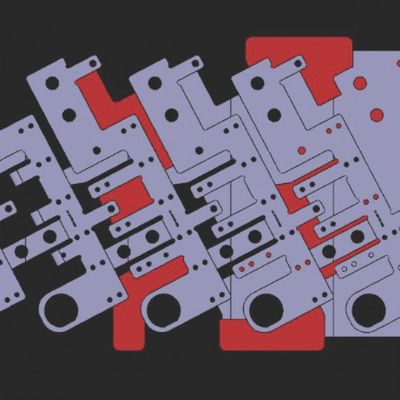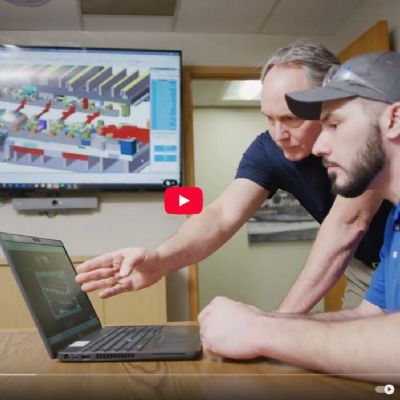The History of Deep Drawing in America
September 29, 2020Comments
Deep drawing, a sheet metal forming process designed to produce hollow shells, was developed in the mid-19th century. Since that time, much has been published regarding deep drawing dies and processes, but very little can be found regarding its origin.
Oberlin Smith, a 19th-century industrialist best known for publishing one of the earliest works on magnetic recordings, provides a glimpse into the birth of deep drawing in his 1896 treatise, “Press Working of Metals” (Wiley & Sons).
“It is, moreover, a comparatively new process,” he writes, “probably dating back not more than 50 or 60 years. As near as I can learn, it was first used in America by Mr. Grosjean of New York, who informs me that he thinks it was practiced in France over a half a century ago.”
French Press Design Copied and Improved
Smith makes no additional reference to Grosjean or his identity. An exhaustive internet search led me to two French immigrants, Charles Lalance and Florian Grosjean, who formed L&G Manufacturing Co. in the 19th century near Brooklyn, N.Y. The company started producing porcelain-enamel-covered iron cookware between 1863 and 1870, one of the first U.S. companies to do so. L&G Manufacturing later became famous for improving the process of tin stamping and producing mess kits for use during the Spanish-American War. After nearly 100 years in business, the factory closed in 1955.
Grosjean managed the factory, which employed some French immigrants. The information he provided Smith about deep-drawing practices in France likely came from some of these employees.
Smith continues, “It (deep drawing) probably was not practiced on a commercial scale in this country much earlier than 1866, and the first presses were made here by Mr. Marchand, who had been employed by Mr. Grosjean and his associates.”
Again, Smith provides no additional information regarding Marchand. So, who was he?
According to Encyclopedia Americana (1918), two Frenchmen arrived in the United States between 1860 and 1861, bringing with them a wooden model of a drawing press that they had taken from a French company where they had been employed. The model was hidden in a barn near the city of Wilmington, DE, and shown to Henry Marchand, who was the brother-in-law of one of the men. Realizing an enormous business opportunity, Marchand began raising funds to build and operate the press, eventually forming the Higgins and Marchand Co.










 Video
Video